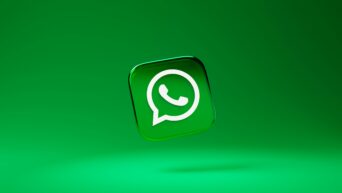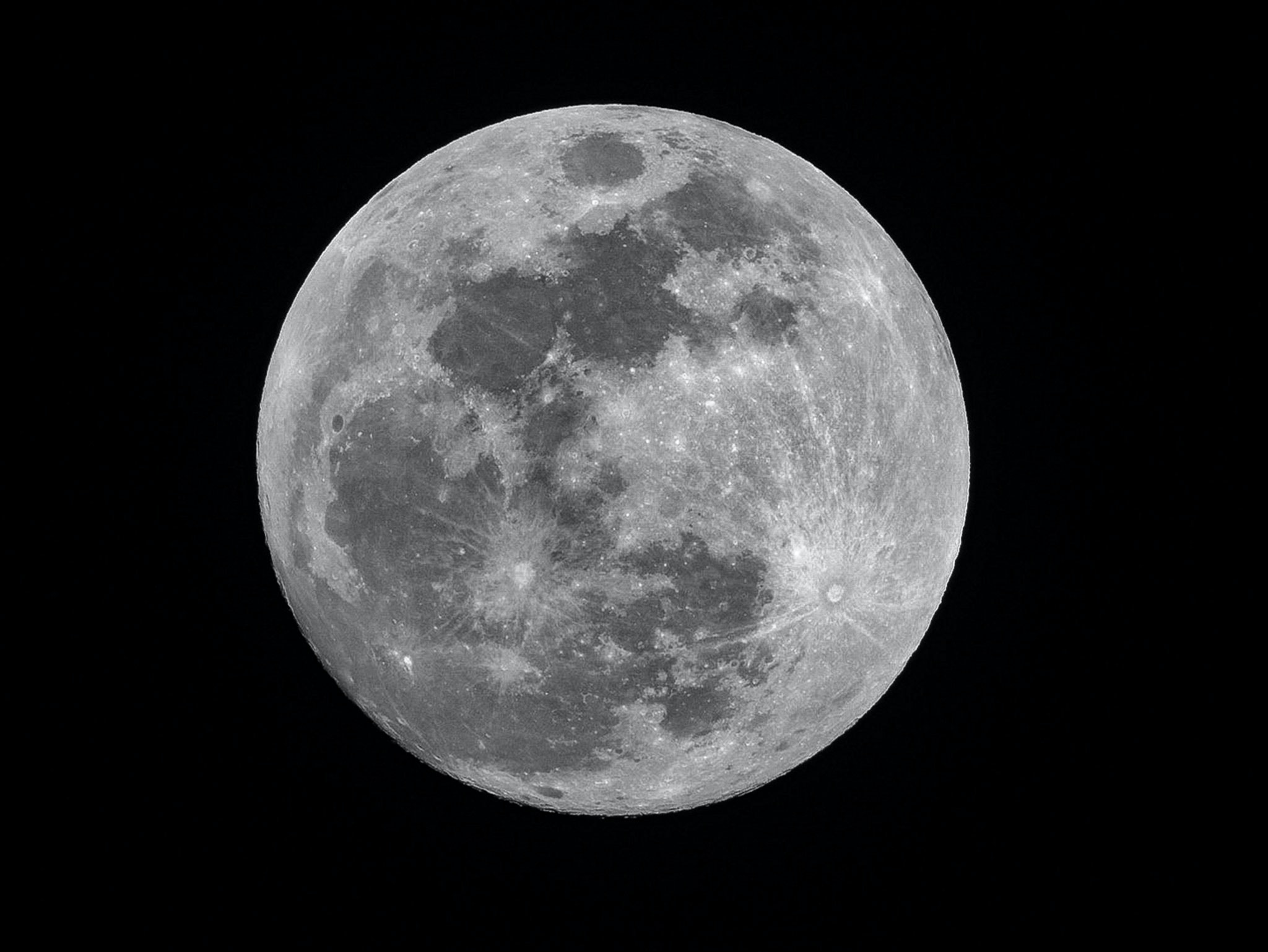Help Name China’s Moon Lander and Crewed Spacecraft
China’s ambitious lunar exploration program is inviting the global community to be a part of history by helping name two crucial components of their mission: a crewed moon lander and a new generation crew spacecraft. The China Manned Space Agency (CMSA) has officially launched a public naming competition, inviting creative minds worldwide to contribute their ideas.
China is on a trajectory to achieve an extraordinary milestone – landing a pair of astronauts on the moon before 2030. To engage people from all walks of life in this exciting journey, CMSA is seeking public participation in this naming initiative. The competition is open for submissions until September 30.
Here’s how it works: CMSA will initially collect a pool of suggested names. From this pool, a preliminary selection of the top 10 names will be made. The shortlisted names will then be put up for online voting, allowing the global community to have a say in selecting the most fitting names.
The final selection will be in the hands of a review team comprising experts in aerospace, literature, and other relevant fields. It’s a unique opportunity for individuals to contribute to the future of lunar exploration.
CMSA has outlined some key guidelines for the naming competition. The chosen names should encapsulate the core values and elements of human spaceflight while highlighting China’s prowess in intelligent manufacturing. Each name should consist of a maximum of four Chinese characters.
China has already taken significant strides in realizing this lunar mission. A boilerplate version of the “New generation crew spacecraft” has been successfully tested. A full test flight using a specially-developed Long March 10 rocket is scheduled for 2027.
This lunar endeavor involves two crucial rocket launches, overcoming the challenge of sending both astronauts and a lander probe. The lander and crewed spacecraft will rendezvous in lunar orbit, enabling astronauts to transfer to the lander and embark on lunar surface missions, including scientific research and collecting moon samples. The lander will later carry the astronauts back to lunar orbit, where they will rejoin their original spacecraft for the return journey to Earth.
This lunar landing mission marks just the beginning of China’s ambitious lunar exploration program. The nation’s vision extends to establishing a crewed research outpost on the moon in the 2030s, a monumental project with Russia as a key partner.
Join China’s lunar journey by participating in the naming competition and become a part of this historic endeavor.

































